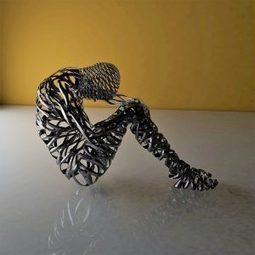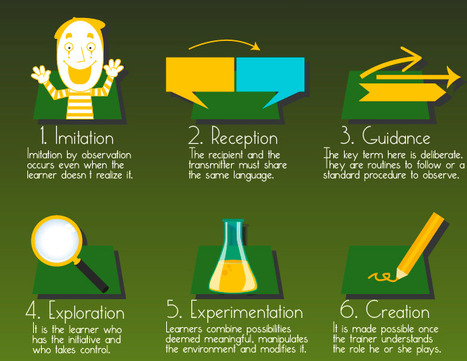Learning is more than just asking questions and getting answers (whether through social media or a search engine), there’s an active component to learning that is too often forgotten. When I look at the tools in the Top 100 tools for learning, I see some reflective tools, e.g. writing, but I may be one of the few who’s talking about diagramming tools, and I think that’s important. Not diagramming, per se, but representation tools that allow us to express our understanding.
So in my mind learning is action and reflection, with two nuances. The first notion is that the action/reflection cycle is the process, not the outcome. The outcome, technically, is a new response to the same stimuli.
In short, we act and reflect to develop our ability to do something different and presumably better. The second is that this is separate from instruction, which is designed action and guided reflection. Self-learning, however, requires self-designed action and self-guided reflection.
Learn more / En savoir plus / Mehr erfahren:
https://gustmees.wordpress.com/2014/10/03/design-the-learning-of-your-learners-students-ideas/
http://www.scoop.it/t/21st-century-learning-and-teaching/?tag=reflection
Via Gust MEES



 Your new post is loading...
Your new post is loading...












In short, we act and reflect to develop our ability to do something different and presumably better. The second is that this is separate from instruction, which is designed action and guided reflection. Self-learning, however, requires self-designed action and self-guided reflection.
Learn more / En savoir plus / Mehr erfahren:
https://gustmees.wordpress.com/2014/10/03/design-the-learning-of-your-learners-students-ideas/
http://www.scoop.it/t/21st-century-learning-and-teaching/?tag=reflection
Learning is more than just asking questions and getting answers, learning is action and reflection. The outcome is a new response to the same stimuli.